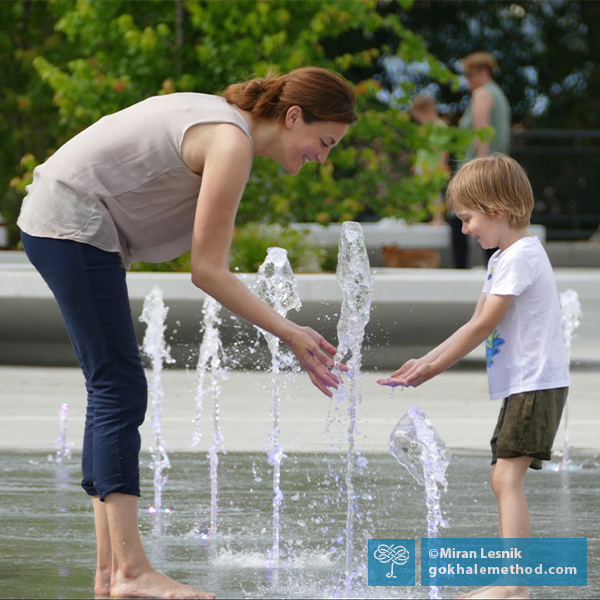For many people, their first encounter with back pain is when they become parents. That was certainly true in my case, although, to be factually correct, I was a mom-to-be in the ninth month of my first pregnancy when a herniated disc brought me, literally, to my knees.
Getter Taller as You Age!
It is not uncommon for students to show up at our courses aware they have lost several inches of height since their youth. In our culture it is a widely held expectation that you grow up, and then, at some point in later life, start getting shorter again. We all see friends, neighbors, or family members who are on the downward run of this trajectory, and it is virtually common lore that you will “shrink” or stoop in later years.


